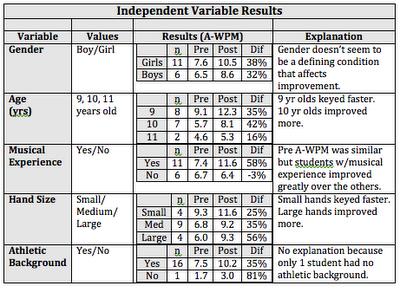We are going to Beijing to participate in the Flat Classroom Conference. The Flat Classroom Conference is a celebration of the work done by Vicki Davis and Julie Lindsey in creating and running the Flat Classroom Project (FCP). I have written about FCP in previous postings. It is instructional global collaboration where students from around the world join together to interact in collaborative problem solving.
I haven't posted about this conference before this because I have been too busy trying to get it all together. Our students are practicing professionals. Most of them are teachers. They have been blogging about their upcoming trip and I have listed links to their blogs below. They will be blogging, video blogging and Skyping with their students here in the States.
Review These Blogs:
- Jami Elliott, a graduate of Iowa Wesleyan College, teaches third grade in an elementary school in West Burlington, Iowa for the last 8 years. Her blog, Ms. Elliott's Adventure to China, is dedicated to her trip.
- Cathy Olson, a graduate of the University of Northern Iowa, is a high school English teacher in Boone, Iowa.
- Carrie Jacobs, a graduate of Central College, is a social studies teacher and the technology specialist at Walnut Creek Campus, an alternative high school in West Des Moines, Iowa. She has a masters of education degree in Quality Schools from Graceland University.
- Deb Bruxvoort, a graduate of William Penn University, is Director of Academic Computing at Central College in Pella, Iowa.
- Farah Kashef, a graduate of the University of Northern Iowa, is a Dental Hygiene Instructor at Hawkeye Community College in Waterloo, Iowa.
- Brandi Day, a graduate of Harding University, is a Program Associate with AmeriCorps National Civilian Community Corps.
- Jennie Kies, a graduate of the University of Northern Iowa, teaches engineering technology at Jefferson high school in Cedar Rapids, Iowa.
- Lisa Schaa, a graduate of the University of Iowa, has taught art and technology at an elementary school in Stratford, Iowa for the last 27 years. Mrs. Schaa's Adventures in China is a blog all about her travels
Follow along and I will tell you how to watch us virtually and even get involved virtually as one of the attendees.





